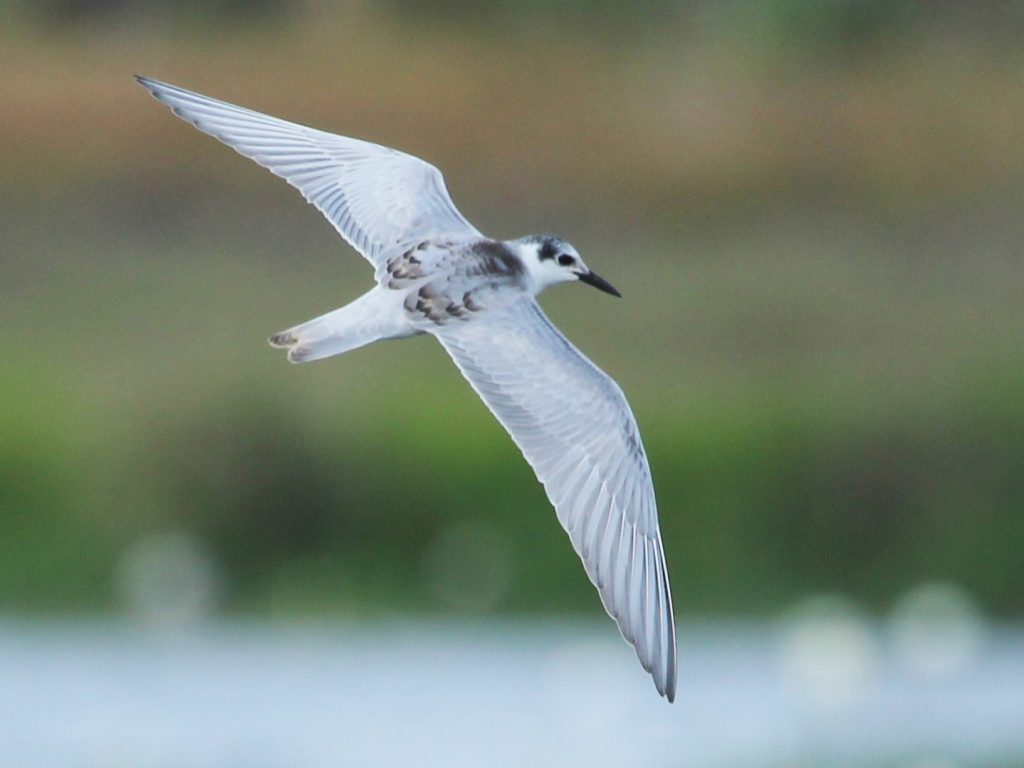Arusha National Park: The Birdwatchers Heaven




Introduction to Arusha National Park Birdwatching
Arusha National Park is a premier destination for birdwatchers, attracting enthusiasts from around the world with its incredible diversity of avian life. With over 400 bird species, the park offers an exceptional opportunity to observe a variety of birds, from endemic species to seasonal migrants, all within its rich and varied landscapes.
1. Diverse Habitats for Birdwatching
Arusha National Park’s range of ecosystems—from montane forests to savannahs, alkaline lakes, and wetlands—supports a wide variety of bird species, making it a hotspot for birdwatching. This habitat diversity allows visitors to see different bird species depending on the specific areas they visit within the park.
- Montane Forests: The lush forest areas are home to species like the striking Silvery-Cheeked Hornbill and trogons.
- Savannah Grasslands: Grassland regions provide sightings of raptors and ground-nesting birds.
- Momella Lakes: The alkaline waters of the Momella Lakes attract waterbirds, including flamingos, ducks, pelicans, and waders, creating a scenic and colorful spectacle.
2. Notable Bird Species in Arusha National Park
The park is home to both resident and migratory species, with some highlights that make it a paradise for birdwatchers.
- Silvery-Cheeked Hornbill: Known for its large, silvery casque on its beak, this hornbill is a favorite among birdwatchers and is commonly seen in the park’s forests.
- Narina Trogon: A colorful bird with green and red plumage, the Narina Trogon is known for its shy nature. It’s a rare find and a rewarding sight for dedicated birdwatchers.
- Bar-Tailed Trogon: Another beautifully colored bird, the Bar-Tailed Trogon adds to the charm of the forested areas. Its vivid green and red colors make it a standout among forest birds.
- Flamingos: Large flocks of pink flamingos are found at Momella Lakes, creating a striking scene. These birds are seasonal but offer an incredible sight when they gather in large numbers.
- Yellow-Throated Sandgrouse and European Nightjar: Found in the open grasslands, these species are exciting finds for avid birders, with the nightjar being a migratory visitor.
- Migratory Species: Between November and April, migratory birds from Europe and North Africa add to the park’s diversity, making it an ideal time for birdwatching.
3. Best Times for Birdwatching
The ideal season for birdwatching in Arusha National Park is from November to April, when migratory birds join the resident species. This period is marked by an abundance of activity as breeding seasons overlap and many birds are in their most colorful plumage. However, the park remains an excellent birdwatching destination throughout the year, thanks to its stable resident bird population.
4. Why Arusha National Park is a Birdwatcher’s Paradise
Arusha National Park’s accessibility, rich habitats, and the sheer variety of birds make it one of Tanzania’s prime birdwatching locations. Its compact size allows birdwatchers to explore different ecosystems in a single day, maximizing opportunities to spot various bird species. The park’s proximity to Arusha city makes it an easy day trip, allowing bird enthusiasts to experience diverse sightings without a long journey.
5. Guided Birdwatching Tours
For those new to birdwatching or looking for expert insights, the park offers guided birdwatching tours. Local guides are knowledgeable about the park’s birdlife and ecosystems, enhancing the experience by helping visitors identify birds by both sight and sound.
6. Momella Lakes: A Birdwatcher’s Highlight
The Momella Lakes are particularly famous for their waterbird populations, providing a colorful scene with a wide variety of species such as flamingos, pelicans, herons, and ducks. This chain of alkaline lakes creates a sanctuary for aquatic birds, especially during the migratory season, and is a must-visit area for birdwatchers in the park.
7. Conservation Efforts for Birds in Arusha National Park
Conservation within the park is essential to maintain the habitats that support its birdlife. The protection of forests, lakes, and grasslands ensures that the park remains a stable and safe environment for both resident and migratory birds. By preserving these ecosystems, Arusha National Park not only safeguards its rich bird populations but also supports global migratory patterns.
Experience Arusha National Park Birdwatching
Arusha National Park offers birdwatchers an unparalleled experience with its variety of species, diverse habitats, and breathtaking natural beauty. From the elusive trogons in the montane forests to the vibrant flamingos at Momella Lakes, every birdwatching trip in Arusha National Park reveals new wonders. With both common and rare species to spot, visitors can immerse themselves in an unforgettable birdwatching adventure.

One Comment